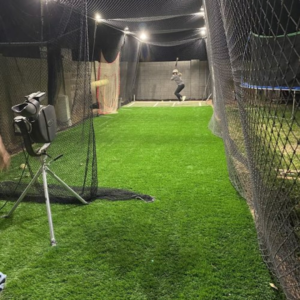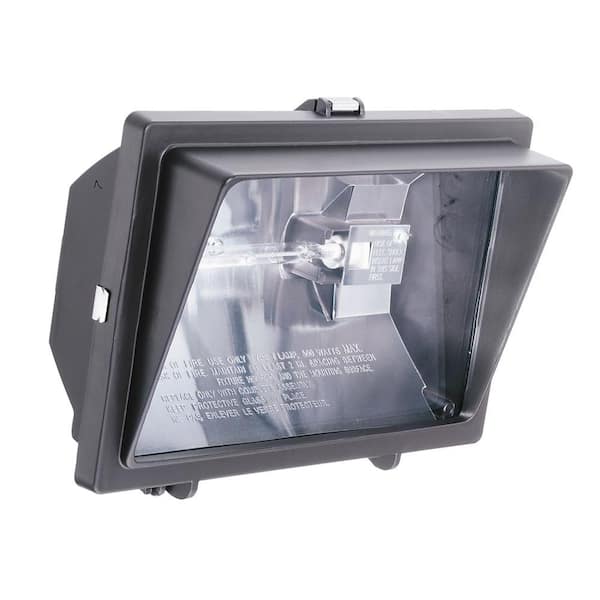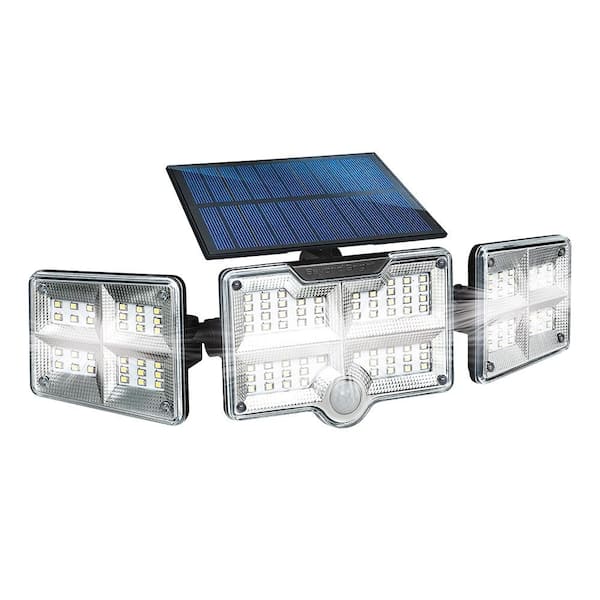The Benefits of Nighttime Practice

Nighttime practice offers several advantages that make it appealing to players of all skill levels. Here’s why you might consider incorporating lighting for your batting cage:
- Cooler Temperatures
Practicing in the heat of the day can be uncomfortable and exhausting. Nighttime sessions offer cooler temperatures, allowing you to focus on your practice without overheating. - Flexibility
If you have a busy schedule, nighttime practice sessions provide more flexibility. You can work during the day and practice in the evening, allowing you to fit baseball or softball into your routine more easily.
- Reduced Glare
Bright sunlight can create glare, making it difficult to track pitches and hit balls accurately. Nighttime lighting provides consistent illumination without the blinding glare of the sun. - Extended Practice Time
With proper lighting, you can practice longer into the evening, allowing for more extended training sessions. This is especially beneficial for teams or players who want to maximize their practice time.
Types of Lighting for Batting Cages
When it comes to lighting your batting cage, there are several options to consider. Each type of lighting has its pros and cons, so it’s important to choose the one that best suits your needs. Here’s an overview of common lighting options for batting cages:
-
LED Floodlights
LED floodlights are a popular choice for batting cage lighting due to their energy efficiency and brightness. They provide consistent illumination across a wide area and have a long lifespan, reducing the need for frequent bulb replacements.
Pros:
– Energy-efficient and cost-effective
– Bright and consistent illumination
– Long lifespan and low maintenanceCons:
– Initial installation cost can be higher
– May require professional installation -
Halogen Floodlights

Halogen floodlights are another option for batting cage lighting. They produce a bright, warm light and are generally more affordable than LED floodlights. However, halogen lights consume more energy and have a shorter lifespan.Pros:
– Bright and warm light
– Generally more affordable than LED lights
– Provides consistent illuminationCons:
– Consumes more energy
– Shorter lifespan and requires more frequent bulb replacements -
Solar-Powered Lights

Solar-powered lights are an environmentally friendly option for lighting your batting cage. They use solar panels to collect energy during the day and provide illumination at night. Solar lights are ideal for outdoor batting cages in sunny locations.Pros:
– Environmentally friendly and energy-efficient
– No additional electricity costs
– Ideal for outdoor batting cagesCons:– Dependent on sunlight for power
– May not provide consistent illumination on cloudy days -
String Lights
String lights offer a decorative lighting option for batting cages. They can create a festive atmosphere while providing enough light for practice sessions. String lights are best suited for smaller batting cages or as supplemental lighting.
Pros:
– Adds a decorative touch to your batting cage
– Provides a softer, ambient light
– Ideal for smaller batting cages or as supplemental lightingCons:
– May not be bright enough for intense practice sessions
– Requires careful installation to avoid tangling
Tips for Incorporating Lighting into Your Batting Cage
To make the most of your nighttime practice sessions, follow these tips for incorporating lighting into your batting cage:
- Plan Your Lighting Layout
Before installing lighting, plan the layout to ensure even illumination across the batting cage. Consider where the lights will be placed and how they will be powered. Proper placement helps avoid dark spots and ensures consistent lighting throughout the practice area.
- Ensure Safety
Safety is paramount when installing lighting for your batting cage. Ensure that all electrical components are properly installed and meet safety standards. If you’re unsure about electrical work, hire a professional to handle the installation. - Use Weather-Resistant Lighting
If your batting cage is outdoors, use weather-resistant lighting to ensure durability. Choose lights that are designed to withstand rain, wind, and other outdoor elements. Weather-resistant lighting will last longer and require less maintenance. - Test the Lighting
After installing the lighting, test it to ensure it’s providing enough illumination for safe practice sessions. Walk around the batting cage to check for dark spots or areas with inadequate lighting. Make any necessary adjustments to improve visibility and safety.
- Consider Motion Sensors or Timers
To conserve energy and improve security, consider using motion sensors or timers for your batting cage lighting. Motion sensors will turn the lights on when someone enters the area, while timers can automatically turn the lights off after a set period. These features can help reduce energy costs and enhance safety.
Conclusion
Incorporating lighting into your batting cage allows you to extend your practice sessions into the evening and enjoy the benefits of cooler temperatures and reduced glare. By choosing the right type of lighting and following the tips provided in this article, you can create a well-lit practice space that enhances safety and performance.
Whether you opt for LED floodlights, halogen lights, solar-powered lights, or string lights, the key is to ensure consistent and adequate illumination across the batting cage. With proper lighting, you can make the most of your batting cage and enjoy safe and productive nighttime practice sessions. Good luck with your project, and happy hitting!
Did you know you can list your backyard batting cage on Cagelist.com and earn money by renting it out to other players? The better the quality and safety of your batting cage and the more resources it offers renters, the higher the hourly rate you’ll be able to charge.
Looking for inspiration and helpful tips for your batting cage project?
Join our Backyard Batting Cages Facebook group and subscribe to the CageList blog to connect with other owners and learn from their experiences.




